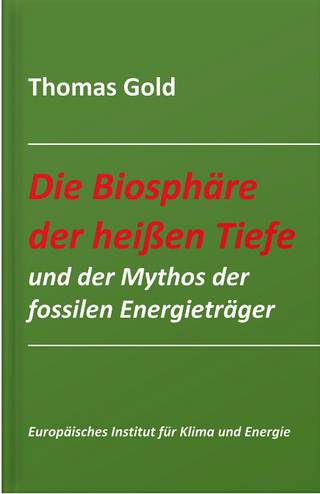
Cellular and Molecular Bases of Biological Clocks
Springer-Verlag New York Inc.
978-1-4612-8329-4 (ISBN)
1. Introduction.- 1.1 Temporal Organization.- 1.2 General Properties of Circadian Rhythms.- 1.3 Analogies with Shorter Periodicities.- 2. Circadian Organization in Eukaryotic Microorganisms.- 2.1 Circadian Rhythms in Protozoa.- 2.2 Circadian Rhythms in Unicellular Algae.- 2.3 Circadian Rhythms in Fungi.- 3. Cell Cycle Clocks.- 1.1 Regulation of the Cell Division Cycle.- 3.2 Cell Division Cycles and Circadian Oscillators.- 4. Experimental Approaches to Circadian Clock Mechanisms.- 4.1 Quest for an Anatomical Locus: Autonomous Oscillators in Isolated Organs, Tissues, and Cells.- 4.2 Tracing the Entrainment Pathway for Light Signals.- 4.3 Dissection of the Clock: Perturbation by Chemicals.- 4.1 Dissection of the Clock: Molecular Genetics.- 4.5 Characterizing the Coupling Pathway: Transducing Mechanisms Between Clocks and Their Hands.- 5. Biochemical and Molecular Models for Circadian Clocks.- 5.1 In Vitro Molecular Models.- 5.2 Biochemical Feedback Loop and Network Models.- 5.1 Transcriptional (Tape-Reading) Models.- 5.2 Membrane Models.- 5.3 Problems and Prospects.- 6. General Considerations and Conclusions.- 6.1 Evolution of Circadian Rhythmicity.- 6.2 Multiple Cellular Oscillators.- 6.3 The Breakdown of Temporal Organization at the Cellular Level.- 6.4 Cellular Aspects of Chronopharmacology and Chronotherapy.- 6.5 Cellular Clocks in Development and Aging.- 6.6 Epilogue.- References.- Author Index.
| Zusatzinfo | XVII, 497 p. |
|---|---|
| Verlagsort | New York, NY |
| Sprache | englisch |
| Maße | 155 x 235 mm |
| Themenwelt | Naturwissenschaften ► Biologie ► Biochemie |
| Naturwissenschaften ► Biologie ► Botanik | |
| Naturwissenschaften ► Biologie ► Genetik / Molekularbiologie | |
| Naturwissenschaften ► Biologie ► Mikrobiologie / Immunologie | |
| Naturwissenschaften ► Biologie ► Zellbiologie | |
| Naturwissenschaften ► Biologie ► Zoologie | |
| ISBN-10 | 1-4612-8329-9 / 1461283299 |
| ISBN-13 | 978-1-4612-8329-4 / 9781461283294 |
| Zustand | Neuware |
| Informationen gemäß Produktsicherheitsverordnung (GPSR) | |
| Haben Sie eine Frage zum Produkt? |
aus dem Bereich


